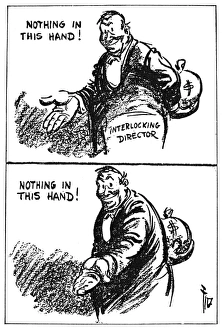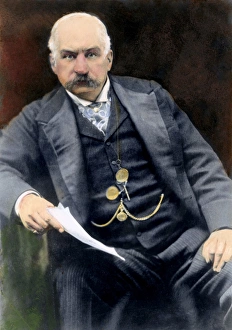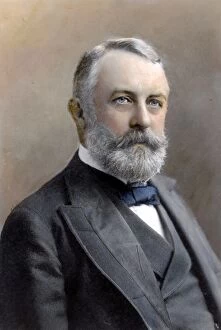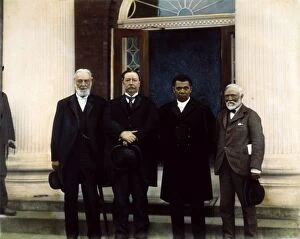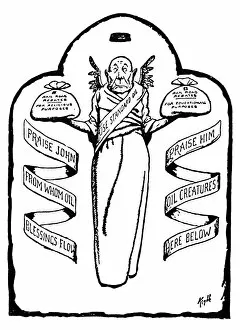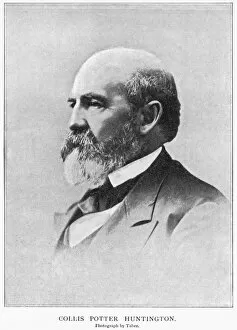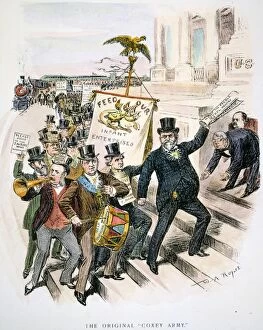Robber Baron Collection
"Robber Barons: The Titans of Industry and the Battle for Power" In the late 19th and early 20th centuries, a group of powerful men emerged in America
All Professionally Made to Order for Quick Shipping
"Robber Barons: The Titans of Industry and the Battle for Power" In the late 19th and early 20th centuries, a group of powerful men emerged in America, known as the "robber barons. " These individuals amassed incredible wealth and influence through their ruthless business practices. Among them were John Pierpont Morgan, Andrew Carnegie, John D. Rockefeller, and Henry Clay Frick. John Pierpont Morgan was a prominent banker and financier who played a significant role in shaping American industry. His vast empire spanned banking, railroads, steel production, and more. With his strategic investments and mergers, he became one of the most influential figures in the nation's economy. Andrew Carnegie was another key figure among these robber barons. Born in Scotland but immigrating to America at a young age, Carnegie built an immense fortune through his dominance in the steel industry. He believed that great wealth came with great responsibility and dedicated much of his later life to philanthropy. The term "robber baron" originated from Joachim Is judgment against the robber barons of Lindenberg in 1504 - a historical event depicted in a colorful lithograph. This artwork serves as a reminder that throughout history there have always been those who exploit their power for personal gain. Public sentiment towards these industrialists began to shift as their monopolistic practices stifled competition and exploited workers' rights. In response to growing concerns about corporate power abuse like this anti-trust cartoon by Daniel R. Fitzpatrick comments on the Clayton Antitrust Act passed in 1914 aimed at curbing such abuses. John D. Rockefeller rose to prominence through his oil empire which dominated both production and distribution channels across America during its peak years around 1900s-1910s. Henry Clay Frick was an industrialist notorious for his aggressive labor tactics during strikes at Homestead Steel Works leading up to violent clashes between workers and security forces.


